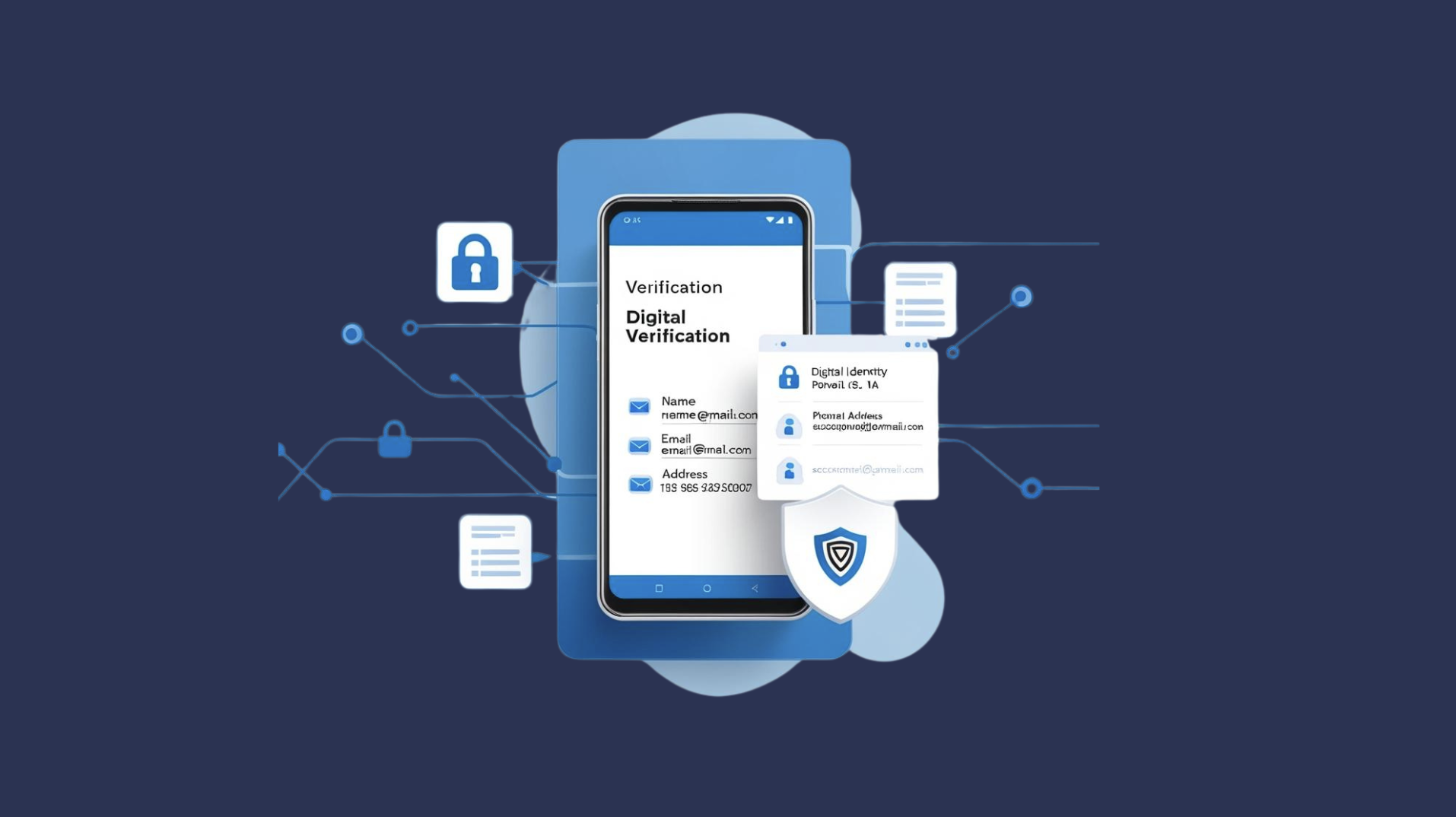What is fraud on the return?
Return fraud is to abuse return return to customers during online purchases. It takes place when the customer returns an article, claiming that he is damaged or not in accordance with his expectations.
"The objective is to scam the e-merchant through a fraudulent return and an unjustified reimbursement request," explains Philippe Gomes.
Current trends of fraud on return
An expanding threat
According to the federation of e-commerce and distance selling (Fevad), fraud to reimbursements and returns represents 48 % of fraud in the e-commerce sector, thus exceeding payment fraud.
This development is explained in particular by strengthening security systems on payments, encouraging fraudsters to exploit other vulnerabilities.
In France, around 10 % of order returns would be fraudulent, an alarming figure which highlights the extent of the phenomenon.
The different types of fraud on return
The forms of fraud on return are multiple:
- Return of used or damaged products : the customer returns an article after having used it, claiming that he is defective.
- Substitution of products : The customer returns an article different from that purchased, often of lower value.
- False returns : the customer claims to have returned a product without really doing it.
- Use of false documents : Presentation of false supporting documents to support a return request.
In all cases, it is a question of taking advantage of the facilities of the return procedures, to dive summary controls and to be reimbursed before the deception is discovered.
“When it is…”, retorts Philippe Gomes: “Some e-merchants, in fact, do not check the packets below a defined amount.”
Refunds are automated without control, either for the sake of improving the customer experience, or to avoid additional costs when logistics services are outsourced.
What difference between return and reimbursement fraud?
Return fraud and reimbursement fraud are two distinct forms of commercial maliciousness, although they can be closely linked in certain fraudulent practices.
- Return fraud specifically designates any abusive action relating to the process of returning goods, for example when a consumer returns a used, replaced or non -existent product, in order to draw an undue advantage.
- Refund fraud is to obtain an unjustified reimbursement, without necessarily going through a physical return of the product. It can notably take the form of false statements (e.g. pretend to have never received a package), or identity usurpations aimed at diverting the reimbursement process.
While the first concerns the physical act of referral, the second is more directly attacking the associated financial procedure.
A rigorous and differentiated management of these two typologies is essential to reduce economic losses and strengthen the safety of customer journeys.
Detection and prevention technologies
Artificial intelligence and machine learning
The integration of artificial intelligence makes it possible to analyze purchase and return behavior to identify suspicious patterns. For example, algorithms can detect customers making frequent returns or with inconsistencies in their declarations.
Behavioral biometrics
This technology analyzes elements such as striking speed, mouse movements or navigation habits to authenticate the user. It makes it possible to detect abnormal behaviors that can indicate an attempt at fraud.
RFID (Radio Frequency Identification)
The use of RFID chips on products allows you to follow their course and check their authenticity during feedback. This reduces the risks of substitution or return of not purchased products.
Case studies and learned lessons
Case 1: a ready-to-wear brand
A large clothing chain noted an increase in fraudulent feedback. By integrating AI -based analysis systems, it was able to identify customers at risk and adapt its return policy accordingly, thus reducing the losses linked to fraud.
Case 2: an electronics sales site
This site has implemented a system of verification of returns via RFID, making it possible to ensure that the returned products corresponded well to those shipped. Result: a significant decrease in fraud by substitution.
Best practices for e-merchants
Development of a clear return policy
It is essential to define precise return conditions, including deadlines, the condition of the products accepted and the procedures to follow. A transparent policy dissuades fraudsters and reassures honest customers.
Simplification of the return process
Propose practical solutions, such as prepaid return labels or accessible deposit points, improves customer experience while facilitating feedback.
Staff training
Awareness of the teams of different forms of return to return and warning signs allows faster detection and an appropriate reaction.
Psychological impacts of return fraud
On consumers
Honest customers may feel injured if too strict anti-fraud measures are set up, affecting their confidence in the brand. It is therefore crucial to find a balance between security and customer satisfaction.
On retailers
Companies victims of return fraud may experience a feeling of betrayal and a loss of confidence in their customers, impacting the motivation of teams and corporate culture.
How to protect yourself from the return fraud?
AI, coupled with access to open data and open banking data, makes it possible to analyze in real time irregularities and potential fraudulent behavior.
The detection of the return fraud is a major issue for retailers. The balance must be found between preventing fraud and not damaging normal customers, to whom it is essential to continue to trust.
The objective is not to deteriorate the customer experience while tracing malicious buyers.
"Our customers are sensitive not to complexify the UX and to have a rapid king," says Philippe Gomes.
Meelo RetaSafe solution in the service of your business
RetaSafe solution fits very easily. She predicts the risk of fraud:
- either at the time of the transaction;
- either at the time of the return request.
Meelo collects and analyzes a whole series of data at different points in the purchasing process: basket, identification, choice of delivery method, postal address, choice of payment method, payment, etc.
Retallafe establishes in a few seconds the probability that an order can be fraudulent and generate a dishonest return.
Once the alert is given, you can decide:
- to block certain means of payment or impose a payment by Open Banking;
- not to insert the return slip in the package;
- to impact the return of the product, by restricting the method (by requesting an in-store return, for example) or the return area.
Philippe Gomes to confirm:
“Meelo promises a risk -free customer journey that predicts the fraud on return, whatever the typology of products, without complicating the lives of normal customers, nor the process of compliant returns.”
In conclusion
Returning fraud represents a major challenge for the e-commerce sector.
However, by combining clear policies and increased awareness, companies can effectively reduce associated risks.
Meelo goes even further in prevention of the risk of fraud. Using artificial intelligence and automatic learning, we offer a solution to identify the opportunistic or professional fraudster.
It is essential to remain vigilant and continuously adapt prevention strategies to protect both the interests of the company and customer satisfaction.




